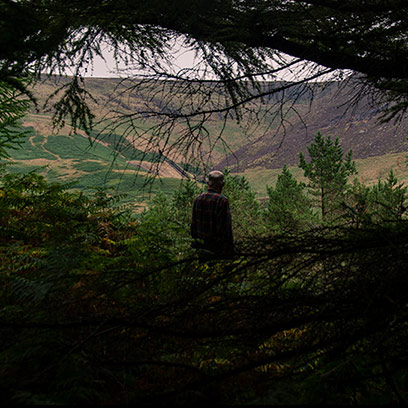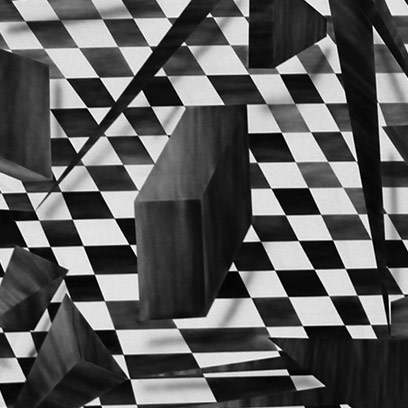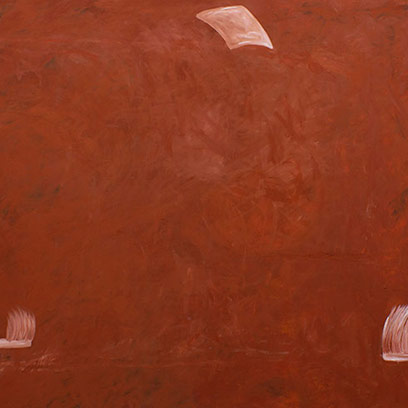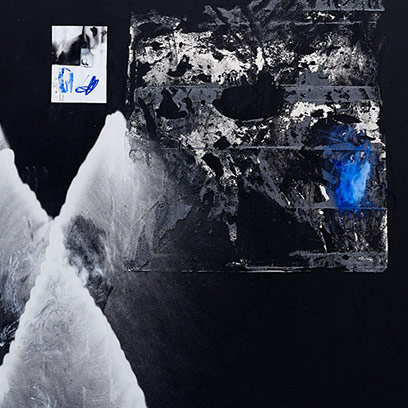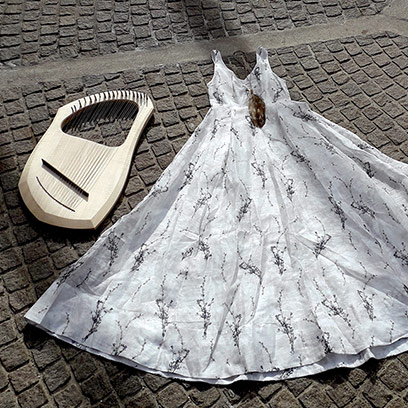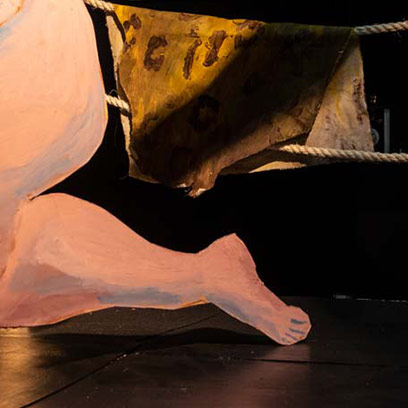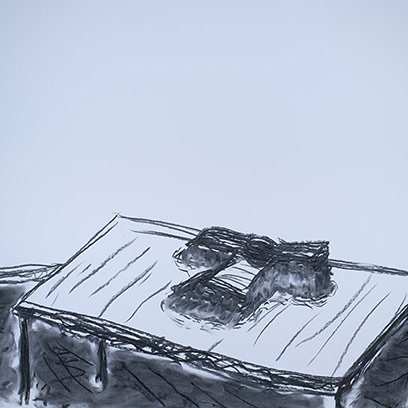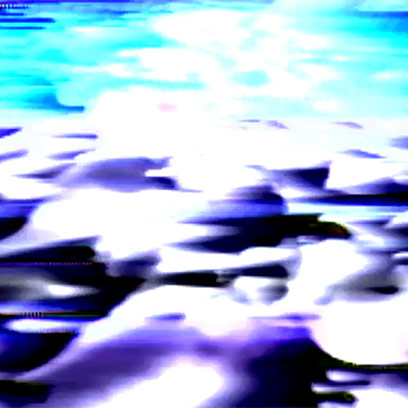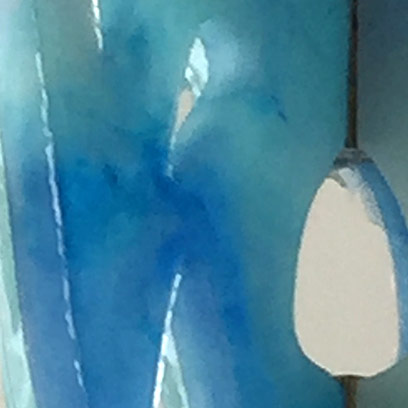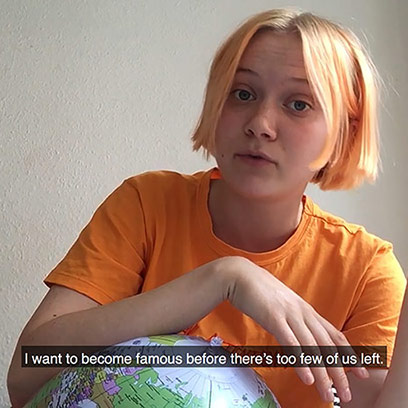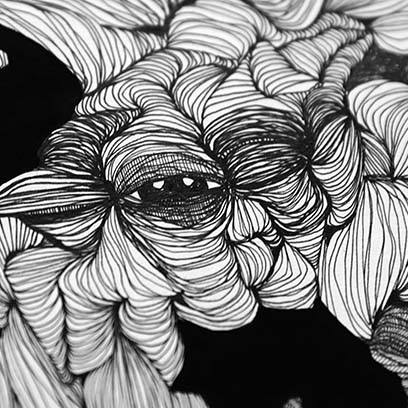Bachelor / Fine Art
About Fine Art
Our everyday moves through spaces whose definition is equally disputed within physics and philosophy as in art. Do three coordinates or a four-dimensional manifold structure a space? Is a room absolute or relative, concrete or abstract? How does a room “happen”?
An essential part of making art is to make room for something that did not exist before. Faced with the task to participate in the spring exhibition, our students ask themselves first of all “In which room shall I be?” and not “What shall I do?” as one might expect. This deliberate production of space and critical sense of how art produces a specific viewer and a certain space to manoeuvre is central to contemporary art. One evidence of this, the rigorously crafted appeal formulated by Brown Island* during the past school year – which will continue to challenge Konstfack in the future – concerns precisely the way in which space exercises power through its historically coded architecture and heavily regulated spatiality.
But how are we to understand this entanglement of mental, social and physical space in a future where image production increasingly seems to point beyond lived experience? The horizon ceased long ago to imply the end of our perception and the computer-generated images that make up the twenty-first century’s “ruling class of images” require new tools of analysis.
Is it now that we begin to see attempts to replace the art of representation and framing with an art of navigation and position determination? Or is an artistic practice that synthesizes multiple layers, each with its own horizon, and enables seemingly boundless and borderless mobility between spaces, scales and temporalities nothing but a digital model-world and an escapist dream?
* Brown Island is the first student group of people of colour organised at Konstfack, made up of artists from Konstfack’s different departments.
Loulou Cherinet
Professor of Fine Art
Vår vardag rör sig genom rum vars definition är lika omtvistad inom fysiken och filosofin som inom konsten. Är rummets struktur definierad av tre koordinater eller en fyrdimensionell mångfald? Är rummet absolut eller relativt, konkret eller abstract? Hur ”händer” ett rum?
En väsentlig del av att göra konst är att göra plats för något som inte funnits tidigare. Inför uppgiften att medverka i vårutställningen frågar sig våra studenter först av allt ”Vilket rum ska jag vara i?” och inte ”Vad ska jag göra?” som en skulle kunna tro. Denna avsiktliga produktion av rum och kritiska upplevelse av hur konst skapar en specifik betraktare och ett handlingsutrymme är central i samtidskonsten. Talande för detta är det upprop Brown Island* omsorgsfullt formulerat under det gångna läsåret – som fortsatt kommer att utmana Konstfack i framtiden – vilket berör just rummets utövande av makt genom sin historiskt kodade arkitektur och hårt reglerade rumslighet.
Men hur kan vi förstå detta sammanflöde och trassel av mentala, sociala och fysiska rum i en framtid där bildproduktion alltmera tycks peka bortom levd erfarenhet? Horisonten upphörde för länge sedan att innebära slutet på vår varseblivning och de datorgenererade bilder som utgör det tjugoförsta århundradets “härskande klass av bilder” kräver nya analysverktyg.
Är det nu vi börjar se försök att ersätta konsten att avbilda och rama in med konsten att navigera och positionsbestämma? Eller är en konstnärlig praktik som syntetiserar flera lager, var och en med sin egen horisont, och möjliggör till synes oändlig och gränslös rörlighet mellan olika rum, dimensioner och temporaliteter, ingenting annat än en digital modellvärld och en eskapistisk dröm?
* Brown Island är den första studentgrupp med rasifierade konstnärer från olika institutioner som organiserats på Konstfack.
Loulou Cherinet
Professor i konst
